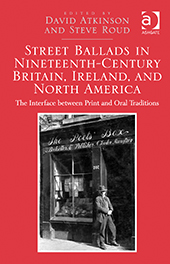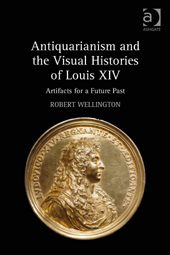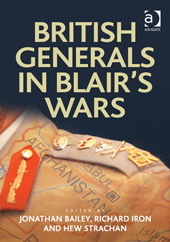We’re delighted to hear that David Atkinson and Steve Roud’s edited volume: Street Ballads in Nineteenth-Century Britain, Ireland and North America is the runner up in this year’s Katharine Briggs Award.
The Katharine Briggs Folklore Award is an annual book prize established by the Folklore Society to encourage the study of folklore, to help improve the standard of folklore publications in Britain and Ireland, to establish The Folklore Society as an arbiter of excellence, and to commemorate the life and work of the distinguished scholar Katharine Mary Briggs (1898-1980; Society president 1969-1972).
Here are the judges’ comments about the book:
“A wide-ranging, masterly study of the complex interface between street literature, in the form of printed broadsides, and folk song as performed in nineteenth century Britain, North America and Ireland. An important contribution to debate on the relationship between printed and oral popular culture.”
 In recent years, the assumption that traditional songs originated from a primarily oral tradition has been challenged by research into ‘street literature’ – that is, the cheap printed broadsides and chapbooks that poured from the presses of jobbing printers from the late sixteenth century until the beginning of the twentieth. Not only are some traditional singers known to have learned songs from printed sources, but most of the songs were composed by professional writers and reached the populace in printed form. Street Ballads in Nineteenth-Century Britain, Ireland, and North America engages with the long-running debate over the origin of traditional songs by examining street literature’s interaction with, and influence on, oral traditions.
In recent years, the assumption that traditional songs originated from a primarily oral tradition has been challenged by research into ‘street literature’ – that is, the cheap printed broadsides and chapbooks that poured from the presses of jobbing printers from the late sixteenth century until the beginning of the twentieth. Not only are some traditional singers known to have learned songs from printed sources, but most of the songs were composed by professional writers and reached the populace in printed form. Street Ballads in Nineteenth-Century Britain, Ireland, and North America engages with the long-running debate over the origin of traditional songs by examining street literature’s interaction with, and influence on, oral traditions.
Contents: Introduction, Steve Roud; Was there really a ‘mass extinction of old ballads’ in the romantic period?, David Atkinson; Birmingham broadsides and oral tradition, Roy Palmer; The Newcastle song chapbooks, Peter Wood; Forgotten broadsides and the song tradition of Scots travellers, Chris Wright; Welsh balladry and literacy, Ffion Mair Jones; Ballads and ballad singers: Samuel Lover’s tour of Dublin in 1830, John Moulden; Henry J. Wehman and cheap print in late 19th-century America, Norm Cohen; ‘I’d have you to buy it and learn it’: Sabine Baring-Gould, his fellow collectors, and street literature, Martin Graebe; The popular ballad and the book trade: ‘Bateman’s Tragedy’ versus ‘The Demon Lover’, David Atkinson; Mediating Maria Marten: comparative and contextual studies of the Red Barn ballads, Tom Pettitt; ‘Old Brown’s Daughter’: re-contextualizing a ‘locally’ composed Newfoundland folk song, Anna Kearney Guigné; Select bibliography; Index.
About the Editors: David Atkinson is an Honorary Research Fellow at the Elphinstone Institute, University of Aberdeen, UK. Steve Roud is an independent scholar in the UK.
Reviews:
‘Here is a very important book for anyone who is interested in the origins and evolution of folk song. …essential if you have any interest in this subject.’ English Dance and Song Magazine
‘This is a well-balanced collection, exhibiting throughout the results of careful research, drawing considered conclusions. Ballad studies are thriving, and it is a welcome addition to the field.’ Folk Music Journal
‘The essays are detailed and informative – I learned a lot from them … Street Ballads takes a large step beyond the pieties of authenticity that have often constrained scholarship on ballads, and it provides a model for future investigations into the complex histories of a tantalising cultural form.’ SHARP News




